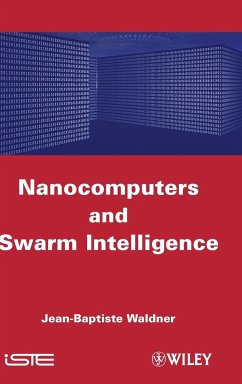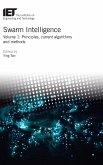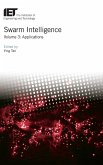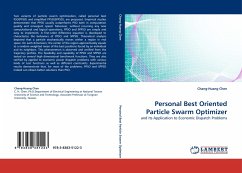For the last 50 years, the power of integrated circuits has continued to grow. However, this performance will end up reaching its physical limit. What new ways will then be available to develop even more powerful and up-to-date systems? This book introduces the principles of quantic computing, the use of nano-tubes in molecular transistors and ADN computing. It suggests new fabrication methods for the 21st century and introduces new architecture models, ranging from the most conventional to the most radical. Using a chronological theme, it explains our unavoidable entry in the nano-device world: from the 1948 transistor to the microchip. It concludes by anticipating the changes in daily living: investments, impact on coding activities, nanocomputing systems implementation and IT job mutation.








